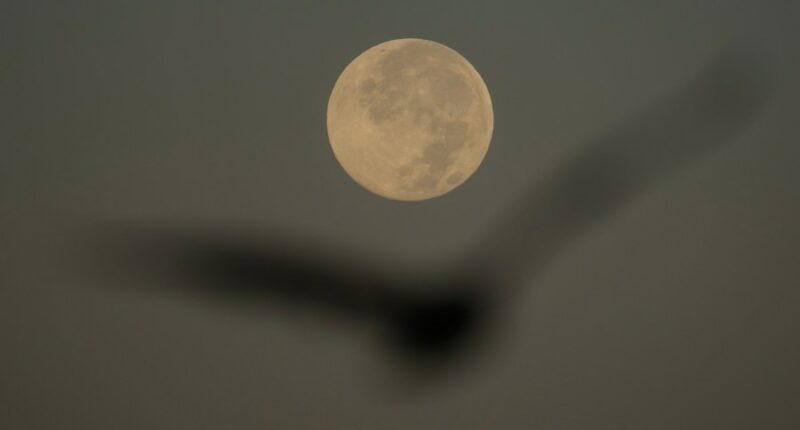Share this @internewscast.com

NEW YORK (AP) — On Wednesday night, sky watchers will be treated to the largest and brightest supermoon of the year as it makes its closest approach to Earth.
The moon’s path around our planet is not a perfect circle, resulting in varying distances as it orbits. A supermoon occurs when a full moon is at its nearest point to Earth in its elliptical orbit, which can make it appear up to 14% larger and 30% more luminous compared to the dimmest full moon of the year, according to NASA.
This November’s supermoon marks the second in a trio of such celestial events for the year and is the closest, drawing the moon to within just under 222,000 miles (357,000 kilometers) from Earth.
The proximity of the supermoon can cause slightly higher tides, noted Lawrence Wasserman, an astronomer at Lowell Observatory. However, the tidal difference is generally subtle and not easily noticeable.
For those eager to catch a glimpse, no special telescopic equipment is necessary—if the skies are clear. Nonetheless, discerning the moon’s increased size may prove challenging to the unaided eye.
“The change is most noticeable when compared with other images or observations,” explained Shannon Schmoll, director of Abrams Planetarium at Michigan State University, in an email statement.
Supermoons happen a few times a year. One in October made the moon look somewhat larger, and another in December will be the last of the year.














